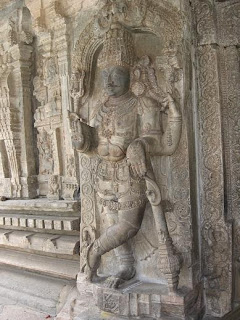The pride of India - Mysore Palace

I have visited a lot of palaces across India. But, I have never seen such an impressive and magnificent palace as the one located in Mysore city of South India. This Palace can be arguably considered the most beautiful Palace in India. This monument is not only the pride of Wodeyar kings; it is the entire nation's pride. Mysore Palace is the best tourist attraction of Mysore, the heritage city of India. The Palace is situated in the city center. It has an exciting history. It was built by the royal family of Mysore, Wodeyars, during the 14th century CE. In 1638 CE, the Palace was destroyed by lightning and was reconstructed by King Kantirava Narasa Raja Wodeyar (1638 - 1659 CE). Tipu Sultan destroyed the Palace in 1793 CE. After Tipu's death, the Wodeyar dynasty came to power again. The Palace was rebuilt in 1803 CE. It seems the Mysore palace always had an evil fate. It got destroyed again in the fire in 1897 CE. The current structure of the Mysore Palace, which was desig...



.JPG)

